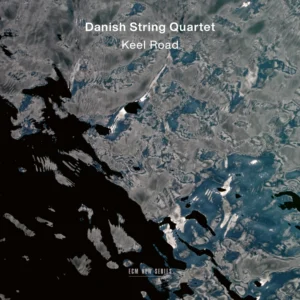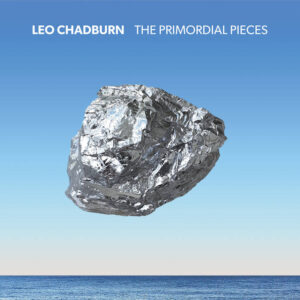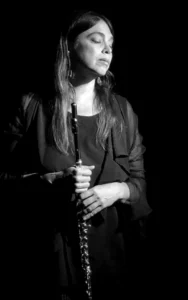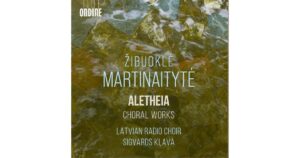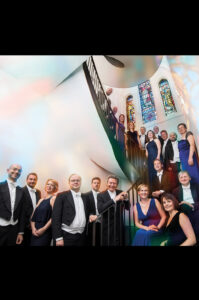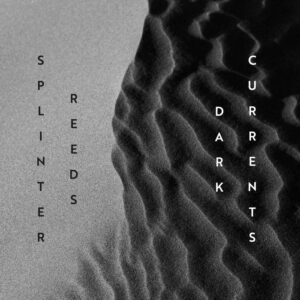Danish String Quartet
Keel Road
ECM Records ECM 2785
Rune Tonsgaard Sørensen, Violin, Clog Fiddle, Harmonium, Spinet, Voice, Whistle;
Frederik Øland, Violin, Voice, Whistle; Asbjørn Nørgaard, Viola, Voice, Whistle;
Fredrik Schøyen Sjölin, Violoncello, Bass, Voice, Whistle;
Nikolaj Busk, Piano; Ale Carr, Cittern
The Danish String Quartet have explored music from many eras and styles. Keel Road (ECM, 2024), is the third recording in which they delve into Northern European folk music, ranging through Scandinavia, Britain, and Ireland; they call it “a musical journey through the North Sea.” The arrangements were made by the quartet, and in addition to playing strings, they also sing, whistle, and perform on a variety of traditional instruments.
Those used to the quartet’s Prism series for ECM, which featured Bach, Beethoven, and contemporary pieces, will likely be in for a pleasant surprise. Keel Road displays a correspondingly skillful approach to folk music, as well as a remarkable affinity for the music they have chosen for the album. This is evident from the recording’s opening track, Turlough O’Carolan’s “Mable Kelly,” where the musicians play a winsome tune with ornaments from Celtic fiddling, accompanied by lyrical harmonies. “Pericondine/Fair Isle Jig” begins in a similarly adorned fashion in a jaunty dance. Ale Carr’s “Stompolskan” gradually builds in intensity, developing two-note repetitions alongside another quick dance. “Carolan’s Quarrel With the Landlady” has more of a playful than adversarial demeanor, and its refrain focuses on open strings. O’Carolan likes to focus on character sketches, and the third piece played by the quartet is his “Captain O’Kane,” a study in contrast with a soaring reprise.
“En Skomager Har Jeg Været” is a brief field recording of a solo singer, a nod to the curators of this genre.The traditional song “As I Walked Out” may be familiar to listeners in its Vaughan Williams arrangement, but this brisk version with pizzicato strumming and whistling is enjoyable. Partway through, the whistling subsides and loud downward attacks accompany the tune, eventually subsiding in favor of an undulating accompaniment with the melody moving among the players. The downward attacks return softly, and there is a long fade with the whistling and pizzicatos of earlier. “Marie/The Chat/Gale Warning” is a vibrant medley in which the melody of each section is buoyed by different rhythmic patterns, tempo, and countermelodies. Glissandos, tremolandos, pizzicatos, and harmonics demonstrate a variety of techniques borrowed from the quartet’s contemporary classical repertoire. The harmony employs stacked quartal chords, including the last vertical in the piece, which is another twentieth century calling card reminiscent of Bartôk and Stravinsky (both arrangers of folk music).
The last track is particularly evocative. “Når Mitt Øye, Trett Av Møje,” is a traditional Norwegian tune, in a resolute arrangement that the quartet plays with sumptuous tone. Once again, the Danish String Quartet has shared the songs of multiple cultures in compelling renditions. Keel Road is one of my favorite recordings of 2024.
Christian Carey
